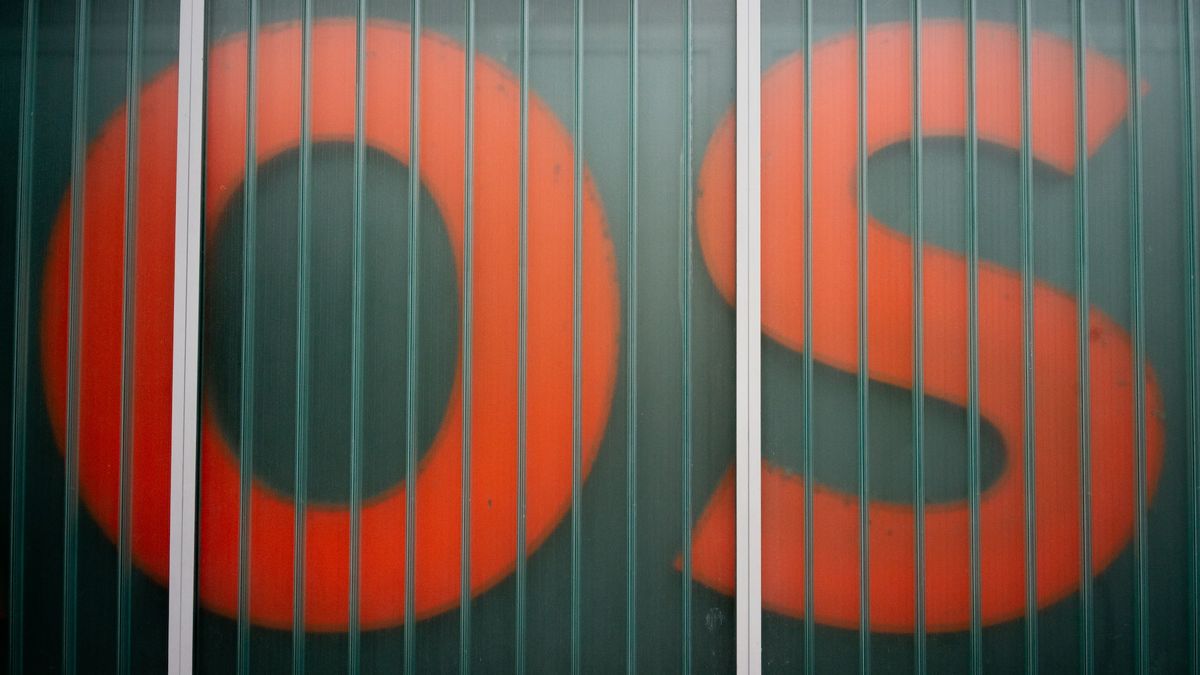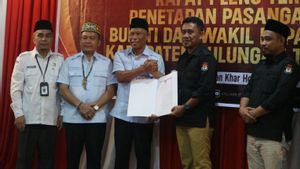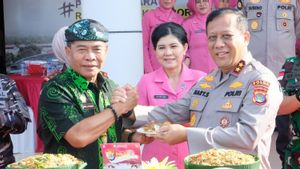The operating system (OS) is a program that acts as an interface between the system hardware and the user. In addition, it handles all interactions between software and hardware. All computer system work depends on OS at the ground level. Next, it performs all functions such as handling memory, process, interaction between hardware and software, etc. Now, let's look at the operating system function.
Security
The operating system uses password protection to protect user data and other similar techniques. it also prevents unauthorized access to user programs and data.
Control over system performance
Monitoring the health of the system as a whole to help improve performance, recording response times between service requests and system responses to get a complete picture of the health of the system. This can help improve performance by providing the important information needed to solve the problem.
Work accountability
The operating system tracks the time and resources used by various tasks and users, this information can be used to track the use of resources for certain users or groups of users.
Equipment for error detection
The operating system constantly monitors the system to detect errors and avoid computer system malfunctions.
Coordination between other software and users. The operating system also coordinates and assigns spokespersons, compilers, assistants, and other software to various users of computer systems.
Memory Management
The operating system manages Main Memory or Main Memory. The main memory consists of a large array of bytes or words in which each byte or word is given a certain address. The main memory is fast storage and can be accessed directly by the CPU. In order for a program to be executed, it must be published first in the main memory. The Operations System performs the following activities for memory management:
It tracks the main memory, namely, which memory byte is used by which user program. Allocated memory address and memory address of unused memory. In multiprogramming, OS decides which sequence of processes are given access to memory, and for how long. It allocates the memory to the process when the process asks for it and cancels memory allocation when the process has been terminated or is undergoing I/O operations.
Processor Management
In a multi-program environment, OS decides on a sequence where the process has access to the processor, and how much processing time each process has. This OS function is called process scheduling. The Operational System performs the following activities for processor management.
Tracking process status. The program that performs this task is known as a traffic controller. Allocates the CPU which is a processor to a process. De-allocates the processor when a process is no longer needed.
device management
OS manages device communication via their respective drivers. It performs the following activity for device management. Tracking down all devices connected to the system, pointing to programs responsible for each device known as the Input/Output controller. Review which processes gain access to a given device and for how long. Allocate the device in an effective and efficient way. Deallocates the device when they are no longer needed.
File management
The file system is set into a dome for efficient or easy navigation and usage. This window may contain other bonds and other files. An Operational System performs the following file management activities. It tracks where information is stored, user access settings and the status of each file, and more... This facility is collectively known as a file system.
So after knowing the function of the operating system, watch other interesting news on VOI, it's time to revolutionize news!
The English, Chinese, Japanese, Arabic, and French versions are automatically generated by the AI. So there may still be inaccuracies in translating, please always see Indonesian as our main language. (system supported by DigitalSiber.id)








